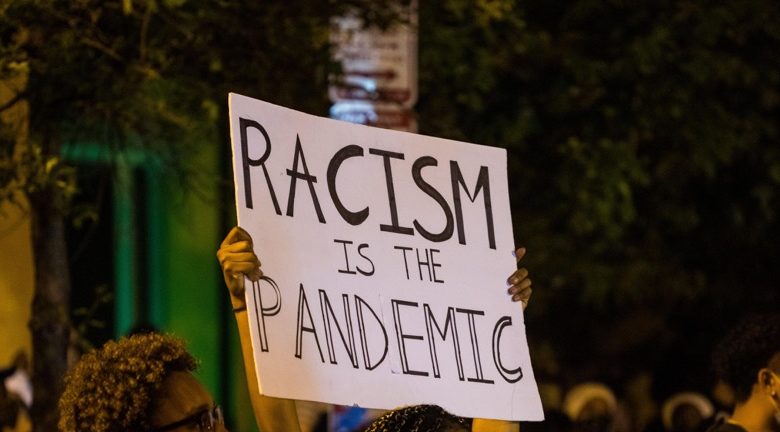According to recent data from the Minnesota Department of Health, among approximately 40 percent of the coronavirus tests given to protestors in the area who demonstrated during the week ending June 10, just 1.4 percent were positive for COVID-19. The remainder of the protestors’ test results have not yet been released. Surprisingly, the rates of coronavirus among people who’d participated in protests was approximately half that of the general population, which had a 3.7 percent transmission rate. Across the country, the same holds true thus far. According to a report from June 11 in the New York Post, protests in New York City haven’t caused the coronavirus spike anticipated by some public health experts, either. Additionally, an announcement from the Office of the Mayor in Seattle plainly states, “There is no evidence so far of people testing positive for COVID-19 from attending protests in Seattle.” And in Philadelphia, Health Commissioner Thomas Farley said the city has seen similar results. “We can’t guarantee there’s not going to be a later rise,” he said. “But it’s a good sign we haven’t seen it yet.” RELATED: For more up-to-date information, sign up for our daily newsletter. Farley was hopeful that since the protests were outdoors and many people wore masks, a surge might not result. Physician Leann Poston, MD, with Invigor Medical agrees with Farley’s assessment. “The fact that participants were outdoors surely helped decrease the spread,” she says. However, just because there hasn’t yet been an identifiable spike in coronavirus cases directly related to protest activity, that doesn’t mean people attending these events can let their guard down. “Everyone should continue to wear face masks and maintain social distancing to protect themselves as much as possible,” says Poston. And while the numbers may indicate a relatively low transmission rate in conjunction with the protests so far, if you’re feeling worse for wear a few days after a march, it’s best to get checked out. “Anyone with symptoms including a fever, sore throat, and cough should get tested to prevent the spread throughout the community,” says Poston. During a hearing on the country’s response to the coronavirus on June 4, CDC Director Robert Redfield urged protestors to get tested just in case. “I would like to see those individuals that have partaken in these peaceful protests or been out protesting … highly consider being evaluated and get tested,” he said. Redfield suggested protestors get tested three to seven days after they attend a demonstration.ae0fcc31ae342fd3a1346ebb1f342fcb As with coronavirus numbers generally, it may be too soon to draw any conclusions about COVID-19 and protests. “There’s no doubt in my mind that these [protests] can become breeding grounds for this virus,” Michael Mina, an assistant professor of epidemiology at Harvard T. H. Chan School of Public Health, told USA Today. “I would not be surprised to see in the next couple of weeks that we see increases that may be linked to protests. … We might still be in a waiting period before we see any transmission.” And if you want to know what these demonstrations have accomplished, check out these 8 Changes That Have Happened Since Black Lives Matter Protests Started.
